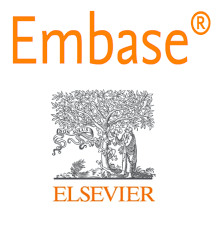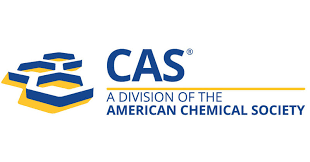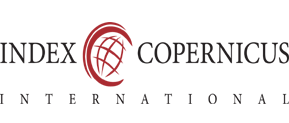Prevalence of Myopia and the Effect of 0.01% Atropine Eye Drops on Myopia Progression and Intraocular Pressure in Tertiary Care Centre of West Bengal: A Hospital Base Study
Keywords:
Myopia, Intraocular Pressure, Refractive Error, Pediatric Ophthalmology, Public Health Strategy.Abstract
Background: Myopia is a growing public health concern, particularly in children and young adults. This study evaluates the prevalence of myopia in West Bengal and assesses the efficacy of 0.01% atropine eye drops in slowing myopia progression and its impact on intraocular pressure (IOP). Methods: A prospective interventional study was conducted with 56 myopic patients aged 6–18 years. Participants were administered 0.01% atropine nightly for 12 months. Refractive error, axial length, and IOP were measured at baseline, 6 months, and 12 months. Sociodemographic factors and risk factors for myopia were analysed. Results: The prevalence of myopia was 32.1% in the study population. Atropine significantly reduced myopia progression (p < 0.05) with minimal side effects. IOP remained stable. Key risk factors included prolonged near work (OR = 2.4, 95% CI: 1.2–4.8) and family history (OR = 3.1, 95% CI: 1.5–6.3). Conclusion: Low-dose atropine (0.01%) effectively slows myopia progression without significant IOP changes. Public health strategies should focus on modifiable risk factors.
.png)









